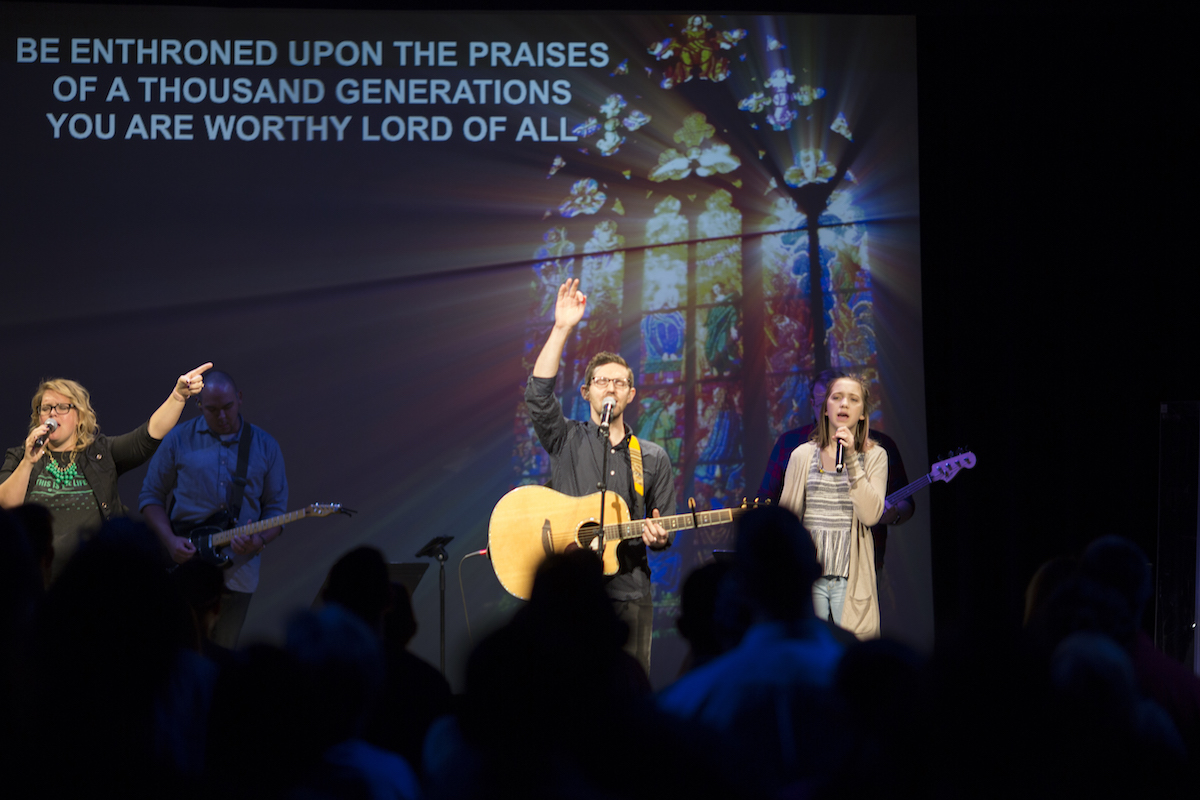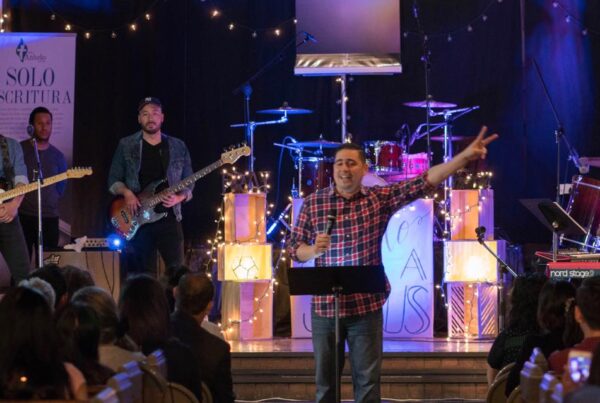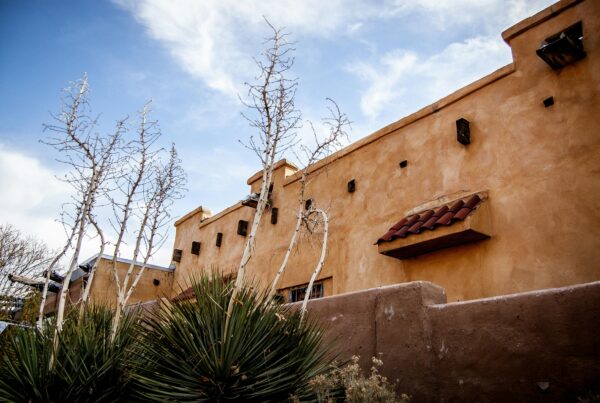At the beginning of the book of Acts, there’s a moment that brings a new reality for diversity in corporate worship—Pentecost. Pentecost sets the tone for what we still navigate today in our churches as we lead and direct worship. After the Holy Spirit comes upon those gathered at Pentecost, we read,
“And how is it that we hear, each of us in his own native language? Parthians and Medes and Elamites and residents of Mesopotamia, Judea and Cappadocia, Pontus and Asia, Phrygia and Pamphylia, Egypt and the parts of Libya belonging to Cyrene, and visitors from Rome, both Jews and proselytes, Cretans and Arabians—we hear them telling in our own tongues the mighty works of God” (Acts 2:8–11).
Indeed, this worship moment in Acts is a window into the unifying nature of Christian corporate worship that transcends language and culture. It sets the tone for a unity we can aspire to as we cultivate corporate worship, as daunting as that may seem. Whether it’s agreeing on a music catalog or judging the effectiveness of those leading, it can feel like a lot on the shoulders of the worship leader. Beyond that, the concept of “diversity” in worship is a weighty issue. With a culture that is struggling through significant racial tension, and the Church pursuing racial reconciliation, how should these realities affect how worship is led in our local churches? Within Acts 29 alone, we see a significant cross-section of multi-ethnic churches developing that reveal some answers to all of this. It’s becoming a unique laboratory of corporate worship reconciliation that will be fascinating to watch in years to come.
In the meantime, what should worship leaders make of diversity initiatives surrounding our churches that will undoubtedly affect the music we sing?
It starts with thinking more realistically about what “diversity” means in the worship times we cultivate week to week.
DIAGNOSING LITURGICAL DIVERSITY
Liturgy is a great place to start when cultivating diversity, no matter your church’s demographics. Though different denominational convictions shape the liturgies of churches all across Acts 29, liturgy can still bring intentionality to unity and gospel centrality. A simple guiding principle can be found in mirroring the full liturgical narrative presented in Scripture: Creation, Fall, Redemption, Restoration, commonly referred to as the “gospel narrative.”
When we look at how this narrative is rehearsed week to week in our gatherings, it can begin to show us how our liturgy promotes theological diversity. You’ve probably encountered churches that only sing songs about restoration or “victory” week to week. Conversely, some churches perpetually leave people in a place of conviction over sin and never offer hope with the songs sung. Chances are your church’s catalog of songs is leaning somewhere on this spectrum and in need of diversification. Consider the words of Paul as you make this course correction. “Let the word of Christ dwell in you richly, teaching and admonishing one another in all wisdom, singing psalms and hymns and spiritual songs, with thankfulness in your hearts to God” (Colossians 3:16).
This verse reveals that a broad variety of songs can all be leveraged for gospel proclamation. If gospel-centrality is core to our identity within Acts 29, then promoting it in our liturgy couldn’t be more appropriate. Strive for your catalog of songs to equally reflect each of the four core categories in the gospel narrative, and you are well on your way to instilling liturgical diversity in your people. Music is portable theology; it has a staying power that people will be humming beyond our time with them. Give them a good diet of liturgically diverse songs, and the impact can serve them for years to come through the changing seasons of their lives.
DEVELOP A TRANSCULTURAL AND MISSIOLOGICAL IDENTITY
Recognizing the cultures represented in your church can often dictate the diversity initiatives you pursue in corporate worship. This survey doesn’t have to be limited to race, though that is critical. If you are in a context where there is much racial diversity among the population of your city, then the onus is great to sing songs that engage people linguistically, stylistically, and missiologically.
If your city happens to be more racially mono-cultural, you can still encourage diversity in the internal culture of your church. Think instead about ages, socio-economics, and genders. Who is there and trying to sing with one another week to week? In light of that, are they seeing themselves led in worship by those who they can identify with culturally? How is this reflected musically and aesthetically?
Missiologically, you also need to ask, “Who do we want to see here as we sing?” This gets at the heart of the missiological vision set by your leadership, most likely your lead pastor. If you don’t know the missiological vision of your church, then figure it out to help dictate what comes out in the music you sing. Who are you reaching and what can you do musically to engage them appropriately? Where can you stretch them musically to disciple them as well? Music can act as an agent of mission.
The most critical factor in pursuing diversity of any kind, whether it’s among races, ages, genders, socio-economic statuses, mental health, etc. is to truly believe in and urgently feel the importance of diversity yourself. As the leader, people will align with your vision, if you’re passionate about it. This means that you genuinely need to prefer music genres other than what you typically would. You need to prefer to sing in multiple languages. You need to prefer a multi-cultural, transcultural worship gathering, over a mono-cultural worship gathering. The hard truth is that most of us have some pretty strong preferences associated with a myriad of circumstances. Your goal is to discover those preferences, relinquish them, and petition the Holy Spirit to grant you the passion and appreciation for all expressions of musical worship.
Overall, the racial and cultural makeup of your church presents an incredible on-ramp for you to engage people where they are as you sing. Achieving corporate worship diversity is not an overnight process to realize. The truth is you may lose people along the way who don’t side with you. Be ready to go to bat for those who have been marginalized while serving them in corporate worship. To shepherd people in this way runs parallel to the course of Scripture culminating in Acts where both Jews, Gentiles, men, women, and more were brought together merely by the work of Jesus.










